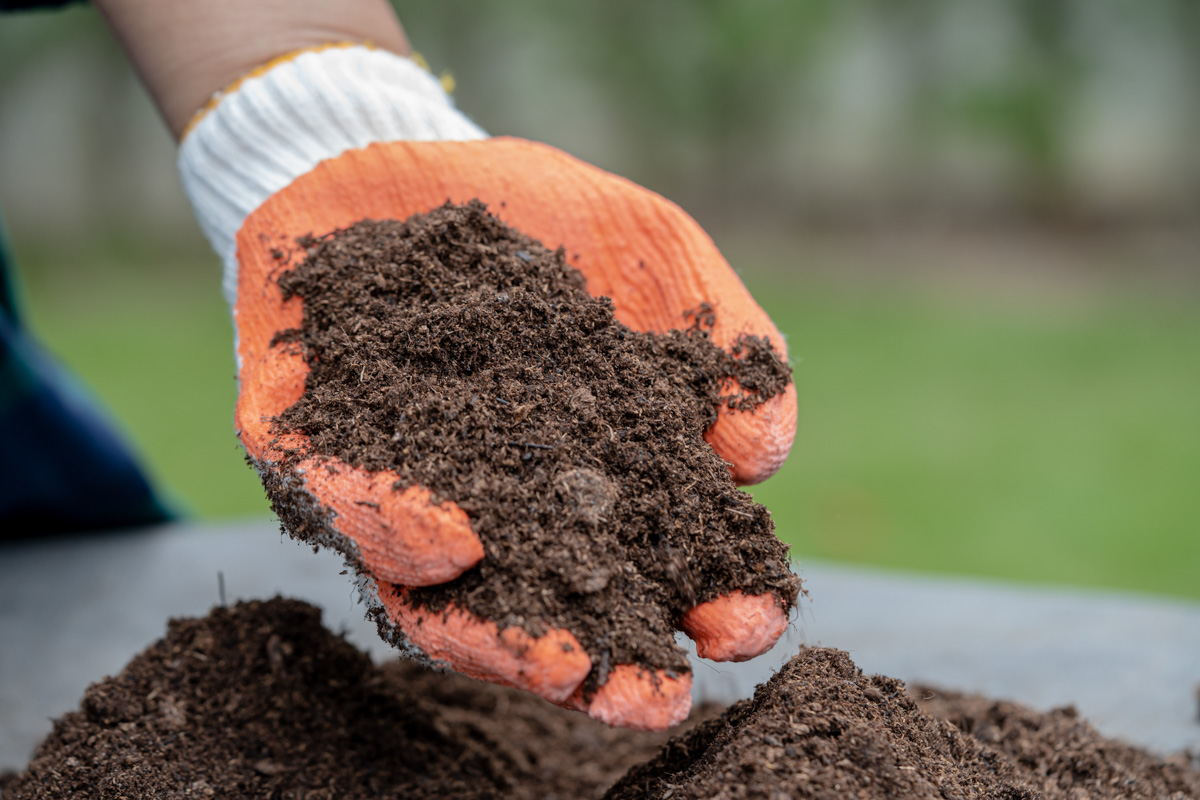No Such Thing as a Green Thumb

By Joy Scott
Texas Master Gardener
Van Horn, Culberson County Texas is in USDA growing zone 8b. There are many varieties of garden seeds that will germinate and thrive in the fall here in Culberson County. Considering the Four Ls of gardening: Loam(soil), Light, Love and Luck; if these components are managed successfully, it is possible to have a productive fall garden.
Many varieties of leafy green vegetables are suited to growing during the cooler and shorter daylight season of fall. Radishes, broccoli, cauliflower, collards, turnips and cabbage are all possibilities for fall planting. Spinach seeds typically germinate easily and grow quickly during this time of year. I have had productive harvests from plantings of spinach seed varieties Bloomsdale Longstanding and Giant Noble. Also, arugula, lettuce, chard, kale, beets and other varieties of leafy greens can be grown successfully during the fall. An excellent resource for guidance in planning the fall garden, “Fall Vegetable Gardening Guide” is available online from Texas AgriLife Extension. You can find a printable copy of this resource on the aggie-horticulture.tamu.edu website.
Aggie Horticulture also has some wonderful videos on YouTube or through their Facebook page about fall gardening. Another online resource that is research based and closely aligned to the climate of our region can be found at: pubs.nmsu.edu/_circulars. New Mexico State University also has a wonderful pdf guide on fall gardening that can be accessed at: aces.nmsu.edu
A decided advantage to growing leafy greens in the fall garden is lower demand for irrigation water and a rapid growth rate. It is not unusual for some of the faster maturing varieties of greens to be ready to harvest in 45-60 days if all conditions are favorable. It is also usually a time of more moderate daytime temperatures during fall, making it a more pleasant experience to be working in the gardening.
Fall is also a good time for planting herbs that thrive in the shorter, cooler days. Herbs that grow well during the fall and winter months include cilantro, parsley, thyme, sage and rosemary. Seed propagation is relatively easy by directly sowing the herb seeds into a prepared garden bed. Rosemary is best propagated by rooting stem cutting in water until root development can be seen, then transplanting into a container or a garden bed. Of all the herbs that I have grown during the fall and winter, cilantro is the hardiest. Most of the time it is unfazed by cold snaps and remains viable until hot weather arrives in the spring.
Native plants are also good choices for planting during fall. I have had good luck with transplanting both nursery plant purchases and with moving plants that need division and a new location in the landscape. Some types of flower seeds need to be planted in the fall for winter germination and spring flowering. The Texas State Flower, the bluebonnet, is recommended for September seed sowing. More details on the process of planting bluebonnets can be found @ https://aggie-horticulture.tamu.edu/galveston/weekly_Q&A/f&b-14-growing-bluebonnets.htm
Fall gardening can be a rewarding activity. With the right soil (loam), correct amount of light, some love and luck; a fall garden can be productive and help a household develop a more self-reliant food system. Hundreds of years ago, the Roman statesman Cicero stated, “If you have a garden and a library, you have everything you need.” That piece of wisdom rings true today. Happy gardening!











